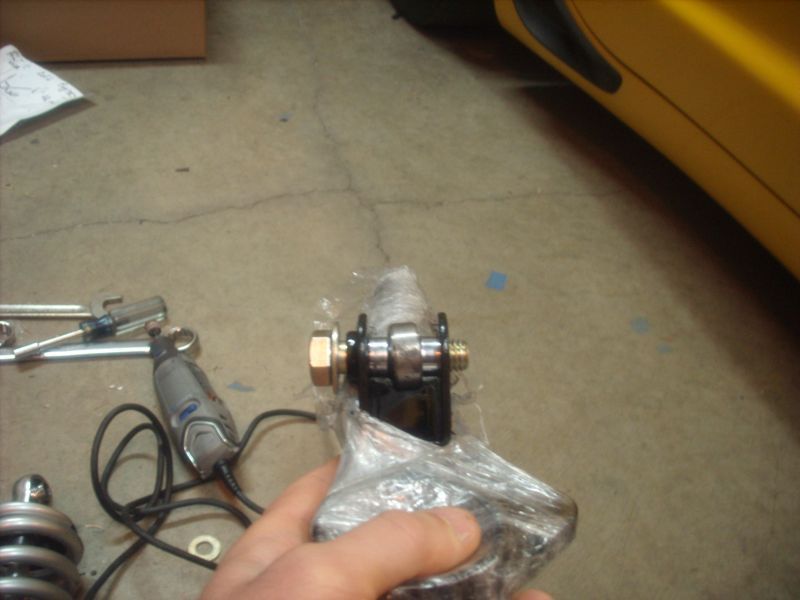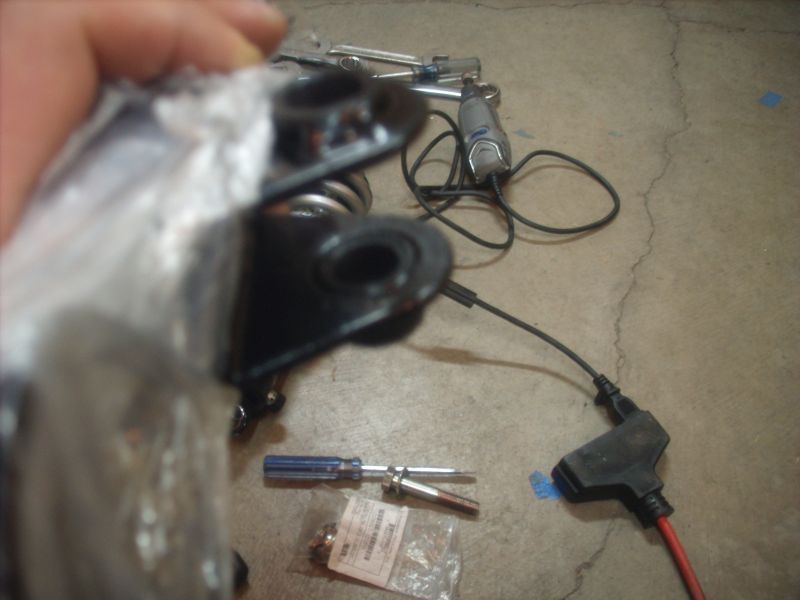I'm trying to understand if my front shock mount is in single or double shear and if this is okay (i think it is, but never seen a design like this)
Two tabs are welded onto the lower control arm

One of the tabs has a 1/2'' hole, the other side has a 1'' hole

The side w/ the 1'' hole has a spacer that gets hand-pressed into the hole.

The spacer sits a smidge past flush on the inside of the hole

The shock is a very tight fit - I drop the shock from the top down, then slide the spacer in and tighten everything up.
I'd thought about welding the spacer to the mounting tab but the problem is it's a very tight fit to get the shock in and if welded and tightened the only way to get the shock out would be to hammer it out and/or bend the mounting ears a bit. As is the way i remove it is to undo the bolt and then wiggle the spacer out of the mounting hole which creates juuust enough clearance to wiggle the shock out (i.e., the spacer has to come out to create enough room to let the shock wiggle out freely without any force).
Two tabs are welded onto the lower control arm

One of the tabs has a 1/2'' hole, the other side has a 1'' hole

The side w/ the 1'' hole has a spacer that gets hand-pressed into the hole.

The spacer sits a smidge past flush on the inside of the hole

The shock is a very tight fit - I drop the shock from the top down, then slide the spacer in and tighten everything up.
I'd thought about welding the spacer to the mounting tab but the problem is it's a very tight fit to get the shock in and if welded and tightened the only way to get the shock out would be to hammer it out and/or bend the mounting ears a bit. As is the way i remove it is to undo the bolt and then wiggle the spacer out of the mounting hole which creates juuust enough clearance to wiggle the shock out (i.e., the spacer has to come out to create enough room to let the shock wiggle out freely without any force).

